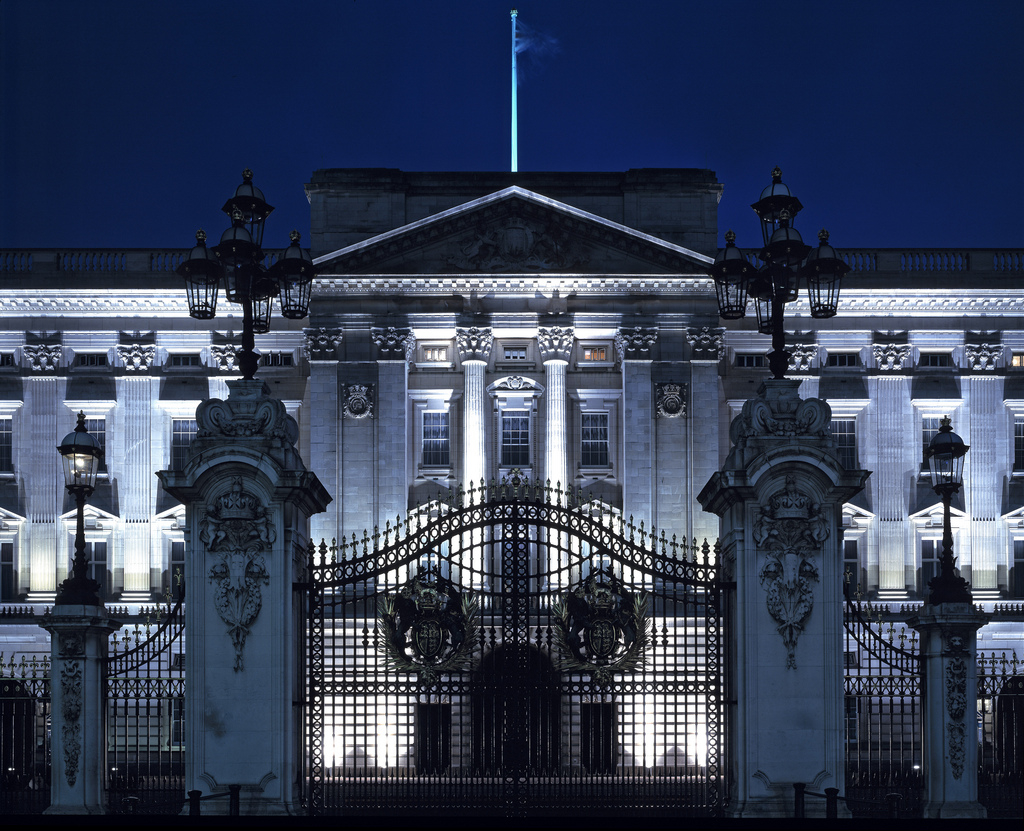The tough business of LEDs


Proving that energy-saving products don’t easily make a good business, Royal Philips Electronics today reported that third quarter profits in its LED-reliant lighting division tumbled by nearly 50 percent.
Although revenue from LEDs (light emitting diodes) rose 32 percent, earnings before interest tax and appreciation (EBITA) for the division fell from €216 million in the September-ending quarter last year, to €110 million.
Philips sells products and services across the entire LED value chain, including the diode (a semiconductor) that’s the light source for finished goods like light bulbs and lamps, which it also sells. The company also sells controls and services that adjust on/off and lighting brightness levels along streets, walkways, public places, highways and other areas, as needed.
The world’s largest lighting company blamed the profits decline in large part on sales of the diodes. As SmartPlanet has noted, the industry has overproduced the chips and is clearing out inventory at reduced prices.The glut has been caused by a fall-off in the market for flat screen televisions and other displays that use LEDs for backlighting.
Philips also blamed the EBITA erosion on a decline in consumer lamp sales, including LED as well as conventionally lit lamps. A spokesman for the Dutch company told SmartPlanet that “internal” and “operational” issues, rather than general market conditions, caused the drop. He would not elaborate.
Philips declined to reveal sales of its consumer LED light bulbs.Industry bulb sales in general have been slow because consumers have balked at paying $40, despite a potential long-term savings in electricity bills.
LEDs augur a huge reduction in energy consumption and CO2 emissions because they require only about 20 percent of the electricity of an incandescent bulb. LED enthusiasts have even noted that Japan could eliminate 13 nuclear reactors by replacing all its incandescent bulbs with LEDs.
Vendors argue that LED bulbs save a bundle of money in the long run, not only because they slash electricity use, but also because they can last for 25 years, eliminating the cost of replacing a bulb every 18 months or so. But some consumers have reported that bulbs stop working after less than a year – while the diodes themselves might live a long time, other components within an LED bulb can fail.
Prices have started to come down in some countries, like Japan and India, a trend that could stimulate sales but that could also further undermine industry profits.
Philips' long-term strategy is to profit from selling lighting controls and services, which it calls lighting “solutions.”
Photo: Philips
Shining more light on the LED business:
- LED sales fall, prices drop
- Affordable LED bulbs? Japan has 'em
- Here comes the affordable LED bulb
- How to eliminate Japan's nuclear reactors: LED light bulbs
- When good lights go bad: LED breakdown
This post was originally published on Smartplanet.com